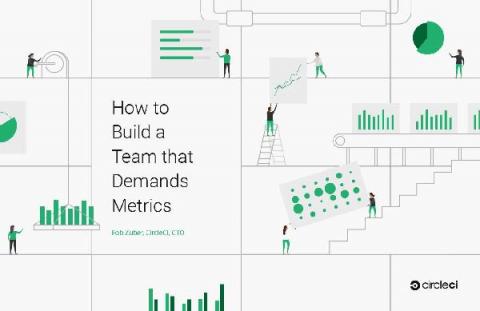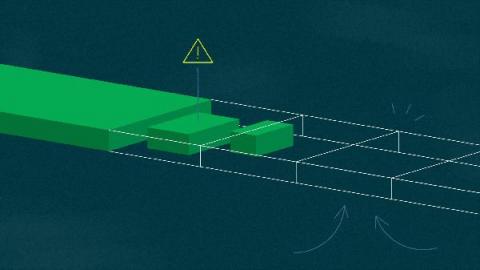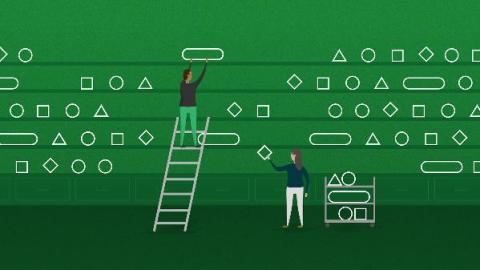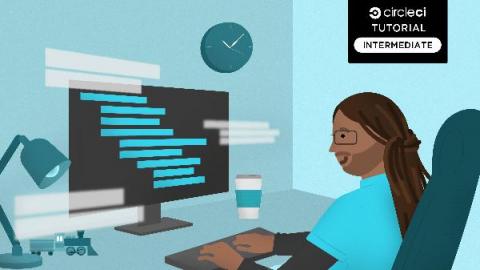The startup founders' guide to software delivery
Software delivery on a team of 2 people is vastly different from software delivery on a team of 200. Over the growth of a startup, processes and tool choices will evolve naturally - but either optimizing too early or letting them evolve without a picture of where you’re headed can cost you in time and agility later. That’s why I want to talk to you about how to evolve your delivery process with purpose.











